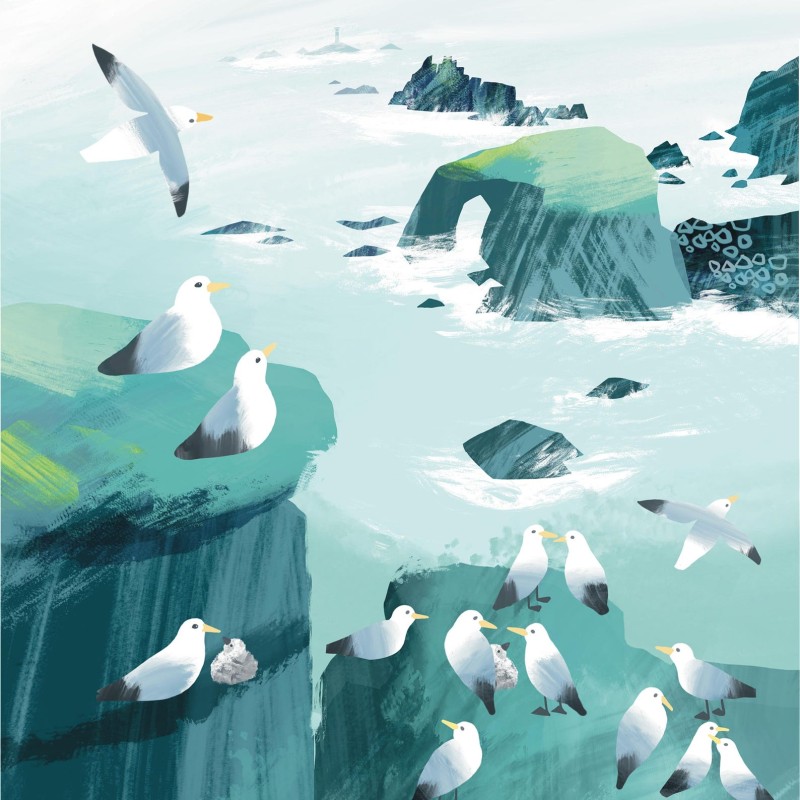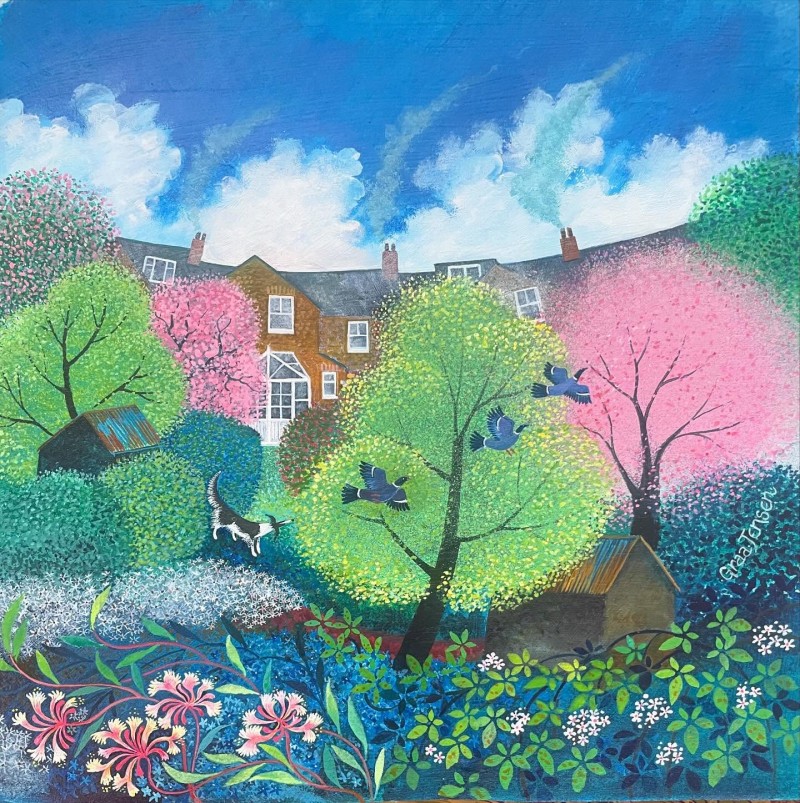Tyne Bridge: A Feat of Victorian Engineering

One of England’s most iconic bridges is Tyne Bridge, the one that links the city of Newcastle and the large town of Gateshead in northeast England. It’s used daily by many people, who often live in one area, and work in the other.
The bridge was opened to great fanfare in 1928, after taking three years to build (one man sadly died during construction, when fell into the river).
The arch shape looks similar to that of Australia’s Sydney Harbour Bridge. But in fact this bridge in England was built first, so it’s likely the Aussie bridge was influenced by Tyneside, not the other way around!
Another bridge that this is compared to is New York’s Hell Gate Bridge (who would name a bridge after the gates of Hell?!) Now used by Amtrak (passenger railroad services), this was built in 1917 so may have influenced English architects. Formerly the world’s longest steel bridge, it’s so strong it survived Nazi bombs. And experts say without maintenance, it could survive for 1000 years!
Providing Habitats for Coastal Kittiwakes

Made from strong steel, Tyne Bridge provides a strong backdrop for nesting kittiwakes, around 700 use it each year, hidden from view. In fact, Tyne Side now boasts the largest colonies of inland breeding kittiwakes on earth.
Local wildlife experts have been instrumental in persuading those restoring the bridge to avoid netting (that could trap nesting birds) and use alternative methods from those who know, to protect birds that have been there a lot longer than us.
Kittiwakes are a type of gull, but due to over-fishing, pollution and warming seas, their population has fallen in the UK by 60% in the last 40 years or so. This makes protecting those nesting in Tyne Side so vital.
In fact, despite being a naturally cliff-nesting bird that spends most of the time at sea, this area has become a haven for gulls that previously would have nested on shipwrecks even. Unlike most gulls, kittiwakes (who only have three toes) are not scavengers, so you won’t find them stealing your chips or on landfill sites.
Learn more on how to protect seaside homes of wild gulls.
To attract a female, male kittiwakes perform a ‘head-jerk dance!’






